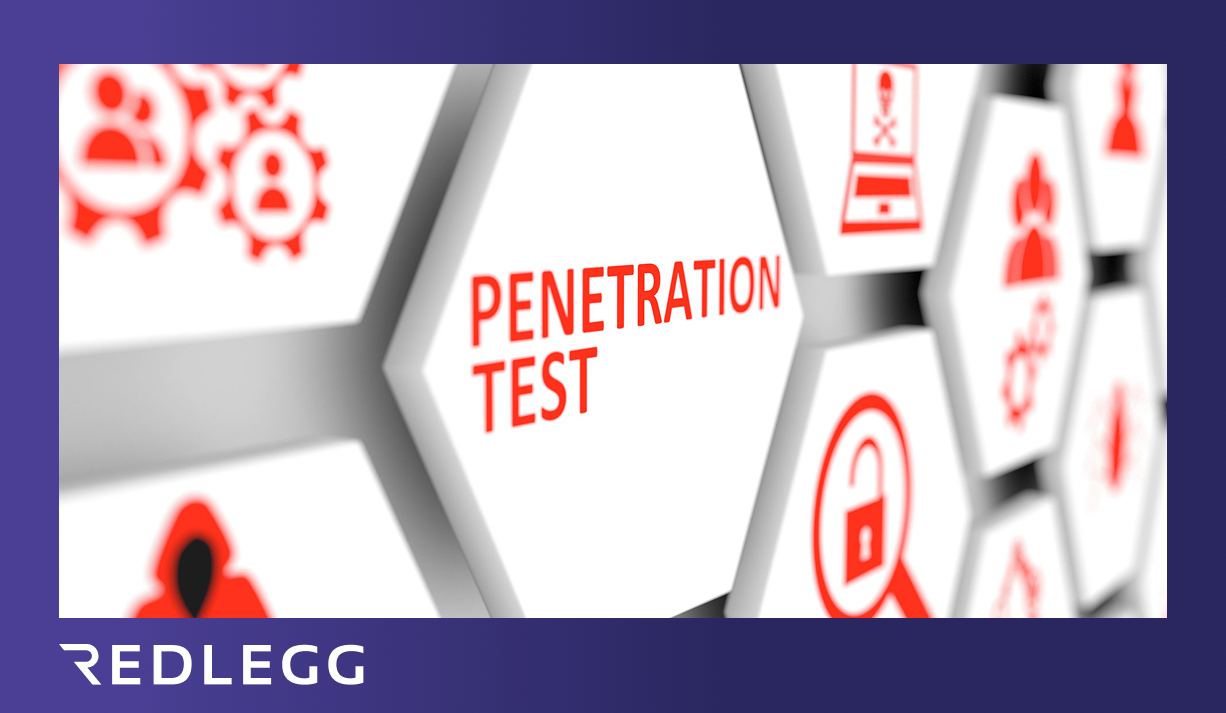15 min read
By: Andrii Stepovyi
Summary: Post-remediation validation represents an important component of comprehensive security programs. It provides organizations with evidence about the effectiveness of their vulnerability remediation efforts and helps identify potential gaps in their security posture.
Penetration testing creates valuable security insights, but the conversation remains incomplete without validation of vulnerability remediation efforts. Organizations have implemented solutions to address identified problems, but verification helps confirm whether those solutions achieve their intended security objectives.
After years in the trenches of cybersecurity, from analyzing threats and IR operations to threat intelligence and Offensive Security, I've observed that many organizations struggle with an important question: How do you verify that vulnerabilities have actually been fixed?
The gap between implementing fixes and confirming their effectiveness represents a significant challenge in vulnerability remediation and security operations.
Understanding Remediation Complexity
Let me share an example from a recent engagement. We identified a critical SQL injection vulnerability in a client's web application. Three weeks later, they reported it was resolved. During our follow-up assessment, the SQL injection remained exploitable through POST parameters despite being blocked in GET requests. Additionally, their input filtering introduced a reflected XSS vulnerability, revealed the database structure when triggered, and enabled a DoS vector through excessive CPU usage.
This illustrates how modern vulnerability remediation efforts are often layered with complexity, not due to a lack of technical skills, but because of how changes in one part of the environment can have ripple effects elsewhere. Verification testing helps confirm that remediation efforts achieved the intended results.
What Retesting Actually Looks Like in Practice
Vulnerability remediation isn't complete without retesting; it’s not just rerunning the same exploit to see if it fails. It’s a deliberate, adversarial process:
- Validation of the Core Fix: We confirm the primary vulnerability is addressed, but we also explore alternative paths (e.g., stored procedures, error handling that leaks information).
- Regression Testing: Fixes can unintentionally create new issues. For example, a directory traversal patch once enabled directory listing on a backup server.
- Environmental Changes: Systems evolve quickly, new services, altered configurations, shifting attack surfaces. A thorough retest accounts for these changes in the short term but should be supplemented with regular vulnerability assessments as part of a holistic vulnerability management program.
Focused vs. Comprehensive Retesting Approaches
In most engagements, retesting targets only the specific vulnerabilities flagged in the original assessment. This focused approach to vulnerability remediation is practical, directly validates that particular fixes worked, is cost-efficient, and supports compliance traceability.
But here's the critical point:
Organizations should understand that targeted retesting provides validation of specific fixes rather than a comprehensive security posture assessment.
This is why we strongly recommend supplementing annual penetration tests with quarterly vulnerability assessments. These assessments provide a more complete picture of how your environment is evolving and whether your security controls are growing with it.
Considerations for Post-Remediation Assessment
There’s also a psychological factor: once fixes are implemented, teams often relax. But this perceived safety may not reflect the actual risk level. Without validation testing, assumptions go unchallenged.
I’ve been in post-remediation meetings where teams felt confident in their patching, until the retest showed lingering or even new vulnerabilities. Validation keeps organizations grounded in verified results.
Balancing Compliance and Security Objectives
Compliance is often the driver behind retesting, but it's only the beginning. Regulatory frameworks define a baseline, not a complete defense. I've seen compliant organizations still vulnerable to threats that validation testing could have exposed.
This is where a structured vulnerability management plan becomes essential, not just to meet compliance, but to proactively strengthen your defenses over time.
Practical Considerations for Validation Programs
Based on real-world experience, effective retesting programs include:
- Time Boxing: Retest within three months; beyond that, drift makes validation harder.
- Security Evolution Awareness: New vulnerabilities may emerge post-remediation. This is growth, not scope creep; budget for it.
- Documentation as Code: Use version-controlled, searchable documentation (e.g., Git with markdown templates). Track remediation like software.
- Version controlled and auditable
- Easily searchable and linkable
- Integrates with existing development workflows
- Supports collaboration through pull requests
- Can be automated with CI/CD pipelines
The key is having consistent templates and enforcing the discipline to maintain them.
Cross-Team Communication: The most effective retesting happens when development, operations, and security teams work together rather than throwing findings over the wall. Embed security thinking into the remediation process itself.
Economic Considerations
Validation testing should be seen as a risk management investment. One client thought a vulnerability had been fixed. A follow-up test could’ve cost $8,000. Instead, the resulting breach led to $2.3 million in recovery and downtime. It’s not just about the price; it’s about preventing the fallout.
Integrating Validation into Security Programs
Mature organizations incorporate validation into ongoing processes. Post-remediation testing and regular vulnerability assessments help:
- Verify detections
- Improve architecture
- Strengthen response efforts
They don’t treat testing as a one-and-done event; it’s a loop of learning, adapting, and improving.
The decision to invest in comprehensive validation testing ultimately depends on each organization's risk tolerance and security objectives. However, given the evolving threat landscape and the complexity of modern IT environments, validation testing can provide valuable assurance that security investments are delivering their expected benefits.
If you're looking to strengthen your post-remediation process or add quarterly assessments to your testing strategy, RedLegg’s Penetration Testing services go beyond check‑the‑box validation, helping teams understand what changed, what worked, and where new risk may be emerging.
Want more? Read about...






